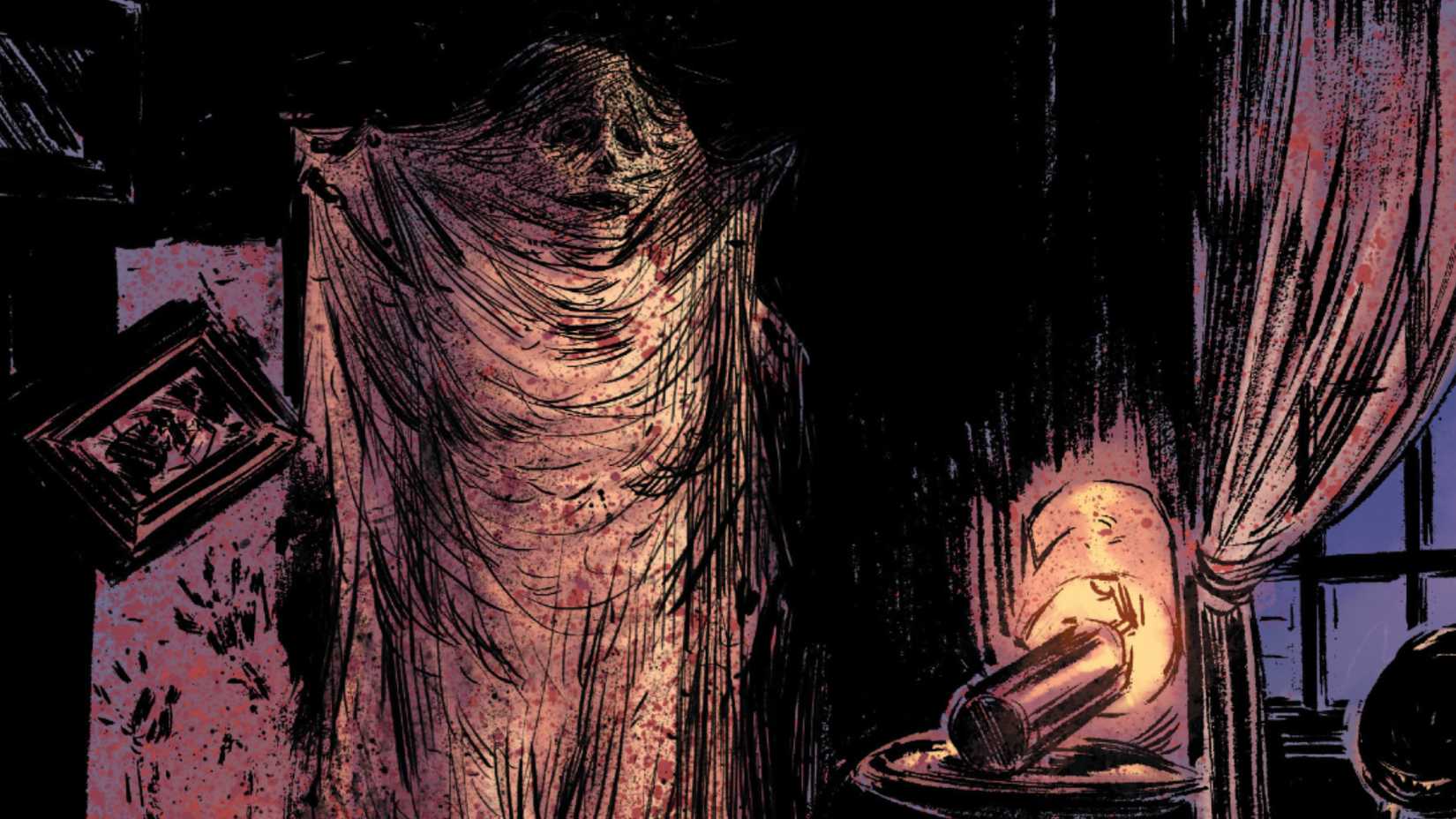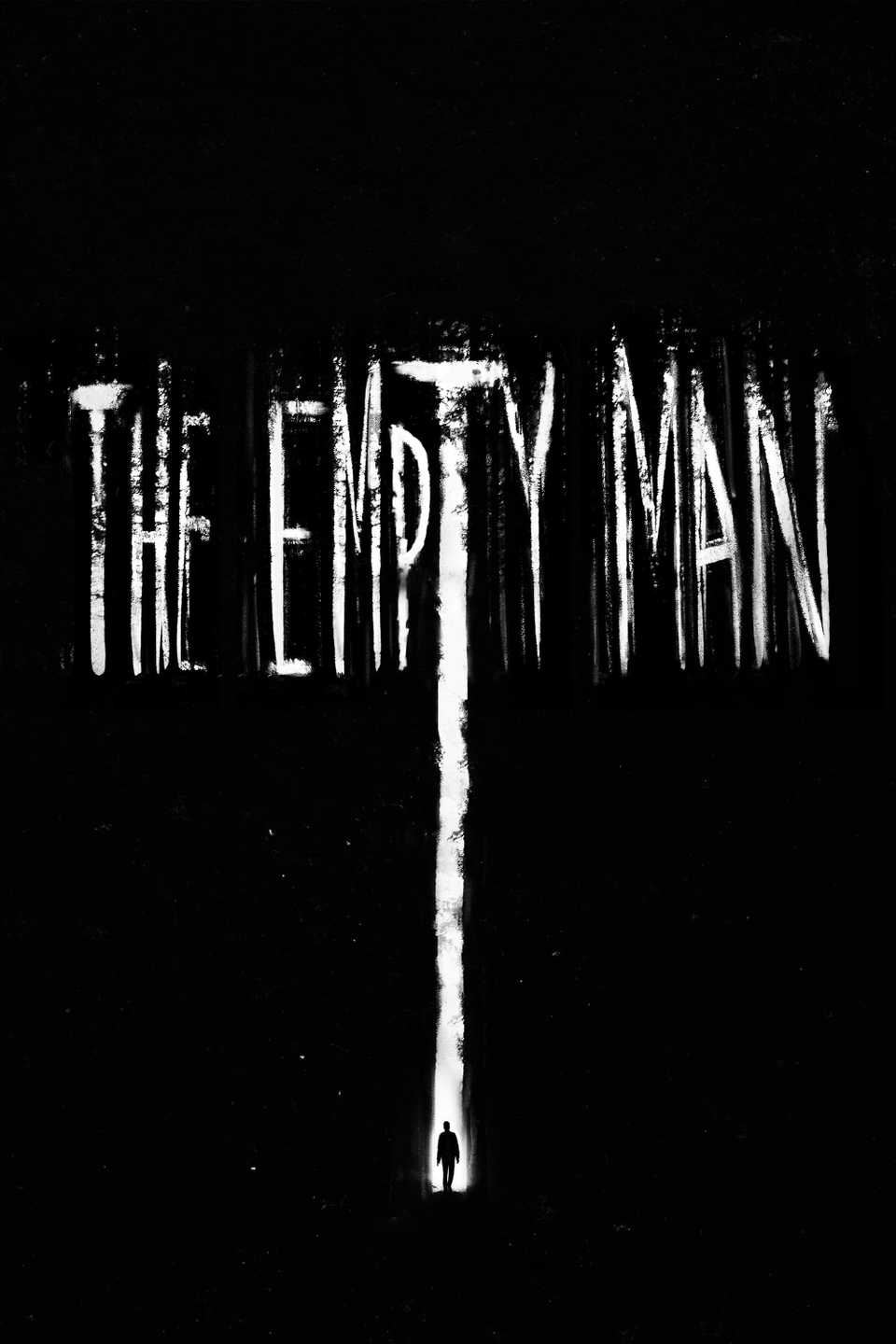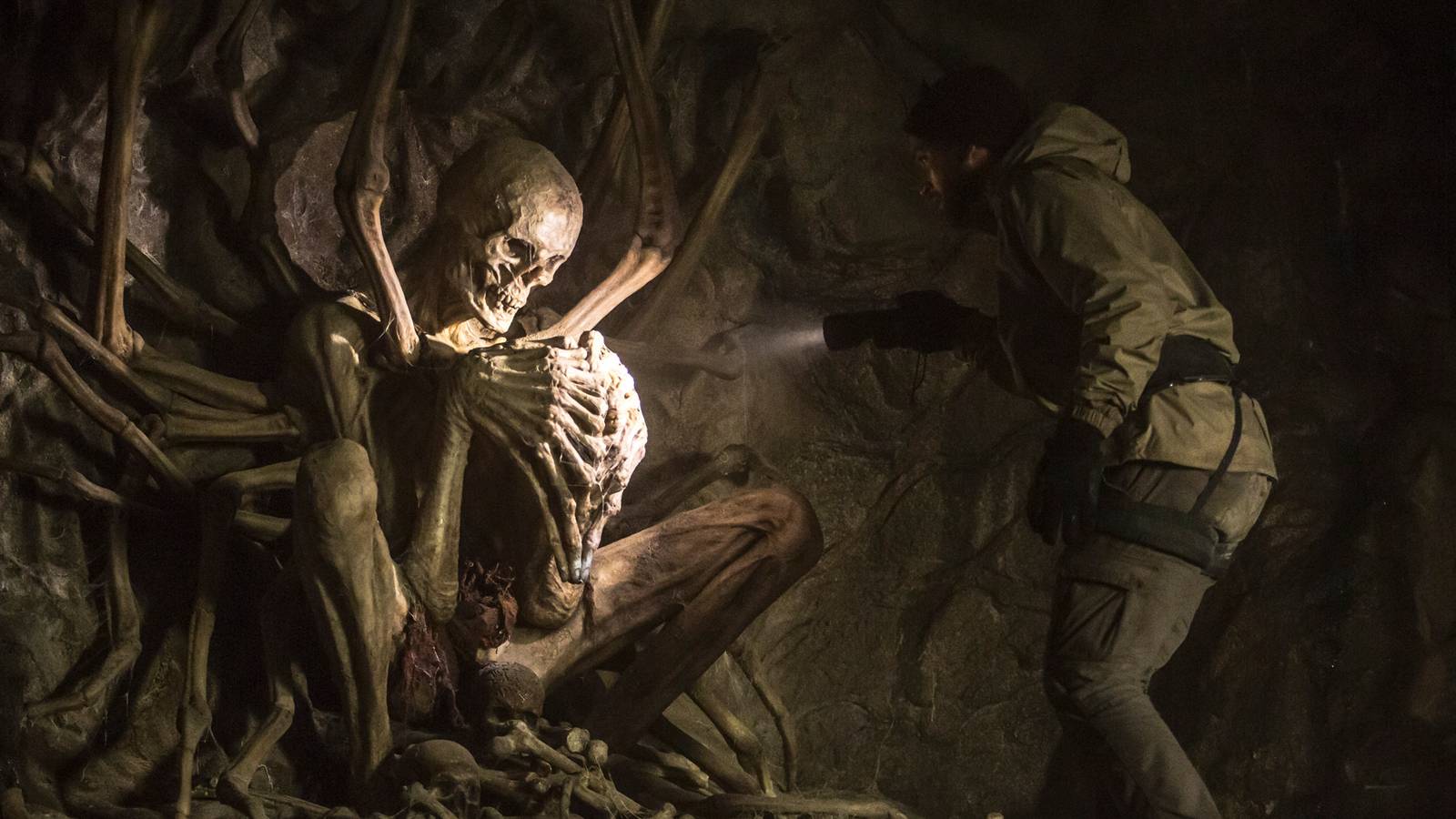A die-hard movie buff’s dedication to keeping up with all the most essential releases should certainly never be underestimated, yet fans of the horror genre are a truly rare breed of devotion. Gore hounds and thrillseekers will go above and beyond in search of their next good scare, which, in the most fortunate cases, results in them stumbling upon a widely unseen hidden gem that, through word of mouth, eventually goes on to become a cult favorite. Such is the case of The Empty Man.
Despite receiving a generally negative response from critics and the few moviegoers who bothered to contribute to its $4 million worldwide box office gross upon release in 2020, once the thriller premiered on streaming the following year, it began to take on a second life as a sleeper hit. It was praised by a still-growing fan base as one of the most underrated horror movies in recent memory. However, one group of people who might have found The Empty Man disappointing are fans of the original graphic novel that inspired it, which bears very little resemblance to the adaptation.
The Empty Man Is An Eerie Mystery Cult Thriller
The Empty Man is the feature debut of screenwriter and director David Prior, who would go on to helm one of the best episodes of Guillermo del Toro’s Cabinet of Curiosities, “The Autopsy.” The film begins with a cold open set in 1995, when four friends are hiking in the Ura Valley, Bhutan, where one of them suddenly and inexplicably becomes a shell of himself after making a startling discovery.
The main plot kicks in when the story flashes forward to 2018, when a widowed cop-turned-security consultant from Missouri named James Lasombra (James Badge Dale of Iron Man 3 fame) learns that Amanda Quail (Sasha Frolova), the teenage daughter of his friend, Nora (Marin Ireland from FX’s Y: The Last Man adaptation), has gone missing. He takes it upon himself to find the young woman, which leads him to uncover dark secrets about a cult that has built its faith around the unsettling and perplexing eponymous urban legend.
If not for its unremarkable title and seemingly generic premise that calls to mind infamously ill-received horror films like Slender Man or The Bye Bye Man, the commercial failure of The Empty Man can be traced to 20th Century Studios (then still known as 20th Century Fox before the merger with Disney) and its choice to shelve the film, due to poor test screenings, for three years. It was ultimately distributed without a strong marketing campaign, and at a time when audiences were reluctant to head to a public movie theater in the midst of the COVID-19 pandemic.
Thankfully, this cult thriller would achieve cult status, with audiences praising its cleverly crafted plotline, relentlessly eerie atmosphere and its killer twist ending. The film would also spark newfound interest in its source material, which more than likely inspired shock in those who did not expect to read a story that was so different from the movie.
The Empty Man Comic Has A More “Infectious” Angle

A victim’s skin draped against a wall in The Empty ManImage via Boom! Studios
Published in 2014 by BOOM! Studios, whose most famous characters include the Power Rangers, The Empty Man comes from the mind of Cullen Bunn, also known for his work with Marvel and DC and for other horror stories like The Damned, in collaboration with acclaimed artist Vanesa R. Del Rey. Like the film it inspired, the six-part graphic novel depicts a perplexing mystery involving a cult that worships a dangerous otherworldly entity, but that is essentially where its similarities begin and end.
The story follows CDC employee Walter Langford and his partner, FBI agent Monica Jensen, who are part of a task force investigating a disease, referred to as The Empty Man, that has sent the world into a panic. It is a contagion unlike anything anyone has ever seen, causing the infected to suffer horrifying hallucinations of grotesque creatures and commit unspeakable acts of violence against others or even themselves.
Featuring narration by Langford written in an often witty and even poetic fashion, the comic reads a bit like an old-fashioned pulp detective novel, but with the pulse and tone of a cosmic horror story in the vein of author H.P. Lovecraft, who has influenced countless creepy comic books over the years. Yet, what really makes the story one that a reader might want to avoid right before bedtime is Del Rey’s thoroughly unnerving artwork, which is not only astonishing for the overall nature of its content but with the unique use of triangular panels that signal the presence of evil.
Even fans of David Prior’s film who only caught on to the graphic novel after discovering the movie might find themselves longing for a more faithful adaptation in order to see this remarkable story as it was originally envisioned by Cullen Bunn properly brought to life. Then again, there is one glaring reason why the film version’s creative liberties almost seem like a necessity in retrospect.
The Empty Man Movie’s Creative Liberties May Have Helped It
Upon its release in 2014, The Empty Man’s plot involving a global pandemic sending the human race into utter turmoil still probably would have allowed it to be categorized as a fantasy horror comic book, or at least a sci-fi thriller, even without the incorporation of its supernatural elements. Of course, by 2020, amid the outbreak of COVID-19, it would have been perceived as a nightmare far too realistic to bear.
David Prior’s adaptation of the graphic novel was first announced in 2016 after 20th Century Fox acquired the rights from BOOM! Studios and was shot in 2017 before it was held back from a theatrical release. Therefore, there is no way that, when penning his screenplay, the filmmaker could have known that the world would experience a pandemic by the time the film came out.
It is unknown why Prior chose not to depict the influence of The Empty Man as a strange disease, in favor of reinventing the concept as an urban legend that turns out to be a frightening reality, such as the childhood game “Bloody Mary” or Clive Barker’s Candyman. There is one moment in which Arthur Parsons (Stephen Root), the leader of the cult that worships the entity called the Pontifex Institute, compares the transmissional effects of The Empty Man to that of a virus, but that is as far as the similarity goes.
Quite frankly, it could be seen as a happy accident that Prior omitted the global pandemic element of the source material from his adaptation when you consider the year it came out. Clearly, the story amendment did not exactly help its chances at the box office at that particular time, but after a year of struggling through the health hazards and supplementary paranoia of COVID-19, audiences may not have been as receptive to a horror film that explores this topic, let alone bother to watch it. Thus, The Empty Man might not have become the beloved sleeper hit it is known as today.
Then again, the success of horror movies like the screenlife thriller Host, which is not only set during the COVID era but came out in mid-2020, or the Taiwanese “zombie” flick The Sadness, which contains many blatant allusions to real-life events surrounding the pandemic, challenges this theory. Either way, it is relatively rare for a movie to use its literary inspiration as merely a jumping-off point and act as a loosely tied companion that offers fans a refreshingly unique experience. The Empty Man should be appreciated especially for that reason.
On the other hand, Cullen Bunn and Vanesa R. Del Rey’s graphic novel is a cleverly conceived, passionately executed, and most importantly, indelibly scary story that absolutely deserves to be brought to life on screen someday. No matter how far the popularity of David Prior’s wildly different adaptation may spread over time, the opportunity will still stand.

- Release Date
-
October 23, 2020
- Runtime
-
137 Minutes
- Director
-
David Prior
- Writers
-
David Prior, Cullen Bunn


